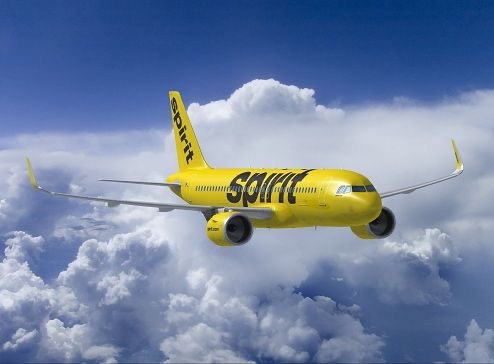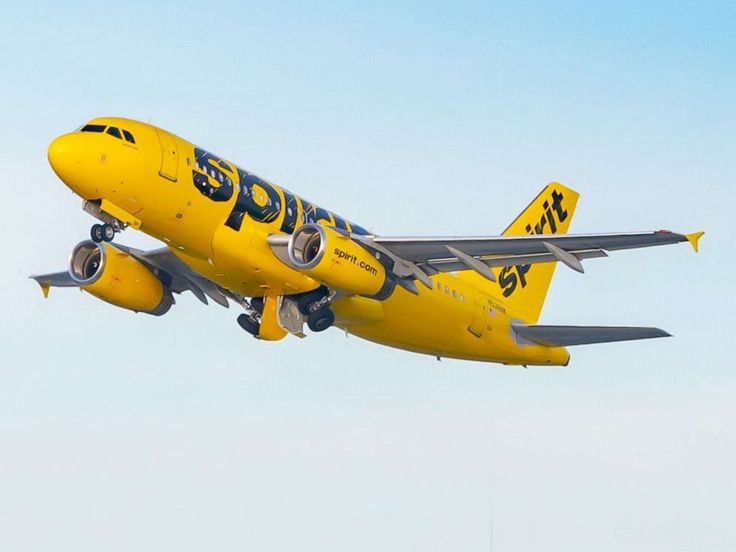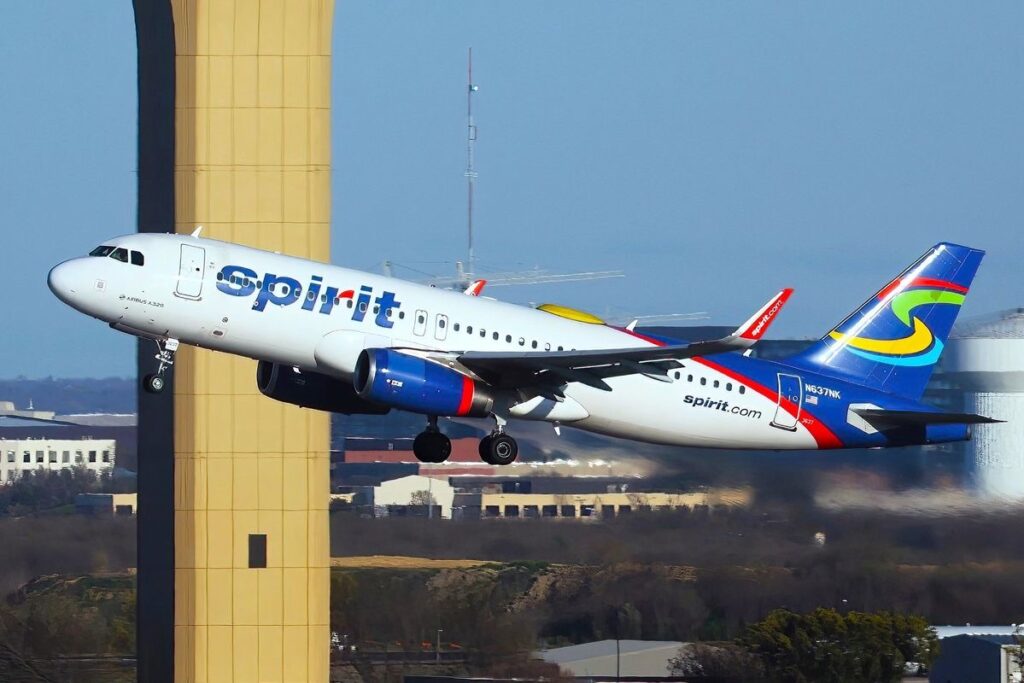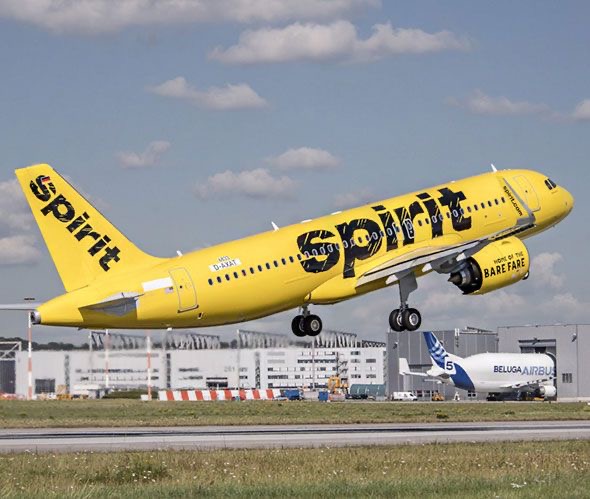Spirit Airlines is well-known for making air travel cheaper and more affordable but after many years in business, the airline is now in serious financial trouble and has filed for Chapter 11 bankruptcy protection. This means they are working on a plan to pay off their debts while continuing to operate.
Spirit Airlines became popular among consumers because they offered very low ticket prices. However, they charged extra for things like picking your seat or bringing a bag. This unique way changed the game. The way Spirit ran its airline reshaped how many others, including big airlines, did business.
Even though Spirit’s idea worked for a while, the airline started having big problems. Costs went up, and a deal to join with another airline was stopped. There were travel demand fluctuations and customers also began expecting more from airlines. All of these issues added up and then put Spirit in this challenging situation.
Prearranged Deal With Bondholders Secured
Spirit Airlines announced that it made a prearranged agreement with its bondholders. The aim of the deal is to help keep the airline running while it goes through bankruptcy. As part of the deal, Spirit is borrowing $300 million to pay for its operations during this time.

The agreement also includes a debt restructuring plan. The deal will clear $795 million of its debt by turning it into equity or shares of the company. This will significantly reduce the airline’s financial obligation, as it will owe less money. The deal will not affect customers. The CEO Ted Christie has assured customers that it will continue flying. It emphasized that all tickets, loyalty points, and travel credits are still valid.
According to aviation analysts, deals like this are common when companies file for Chapter 11 bankruptcy. It is a way for businesses to reorganize their finances while staying open. Experts say this shows Spirit is trying to keep its business running smoothly while fixing its money problems.
ALSO READ: Bed Bath & Beyond Returns After Last Year’s Bankruptcy
First Major U.S. Airline Bankruptcy in Over a Decade
Spirit Airlines is the first big airline in the U.S. to file for bankruptcy protection since American Airlines did it in 2011. Industry experts say that aviation industry challenges are not very common. Airlines do not usually go bankrupt these days. This is because they are better at managing their money.
Some changes were made to the industry’s financial management, which stands in their favor. Also, the government has stepped in to help them during tough times, like the COVID-19 pandemic.

However, Spirit’s focus on very low ticket prices made them vulnerable to some sudden changes. When problems, like higher fuel prices and other unexpected costs, occurred, the airline could not handle them.
Debt Restructuring and Delisting From NYSE
There are some consequences that come with filing for bankruptcy, and one of them is delisting from the New York Stock Exchange (NYSE). Spirit Airlines will no longer be listed on the New York Stock Exchange because of its financial troubles.

The delisting happened after a tough year where the value of Spirit’s stock dropped by more than 90%. Recently, the airline delayed sharing its financial updates as it worked on deals with creditors. This shows it is preparing to reorganize its finances.
To get some extra cash, Spirit liquidated 23 planes for $519 million. Even with that money, the airline is still facing more losses, which includes over $335 million in just the first half of 2024. Experts think Spirit might have to shrink its business even more by increasing its cost-cutting measures back on its planes and flight routes to save money and get back on track.
ALSO READ: Another Fast Food Chain Facing Lawsuits Declares Bankruptcy
Legal Battle Blocking JetBlue’s Acquisition of Spirit
One of Spirit’s business recovery strategies was a merger. However, it didn’t go through. Spirit’s money problems got worse when its plan to join with JetBlue Airways in a $3.8 billion deal fell apart.

The merger was stopped by a federal judge earlier this year. The judge, William Young, blocked the deal on antitrust grounds. Judge Young said the deal would be unfair to travelers because it would reduce U.S. airline competition and increase ticket prices.
Before the failed JetBlue merger, Spirit had initially planned to merge with another budget airline, Frontier. However, JetBlue offered more money, and Spirit’s investors chose JetBlue’s deal instead.
The judge’s decision was a big loss for JetBlue because it wanted to grow by teaming up with Spirit. However, the ruling also showed how important Spirit is for keeping ticket prices low. The judge pointed out that Spirit has a low-cost carrier model. It gives travelers an affordable option, which helps balance the market competition in the airline industry.
Potential for Renewed Merger Talks With Frontier
Since Spirit and JetBlue cannot merge anymore, some experts speculate that Spirit might go back to one of its initial business recovery strategies. The airline might start talking again with Frontier Airlines about joining forces.
Spirit and Frontier are both budget airlines; they both run a low-cost carrier model. This means they keep prices low by offering basic services and charging extra for other services. If they team up, they could work together to compete with more prominent airlines like Delta and American Airlines.

Industry analysts believe that by going through bankruptcy, Spirit is working to fix its financial problems. This process could make it easier for them to consider merging with Frontier in the future. Even though what will happen next is uncertain, Spirit Airlines Chapter 11 bankruptcy filing is a big moment for low-cost airlines. It could change how the budget travel industry works.

